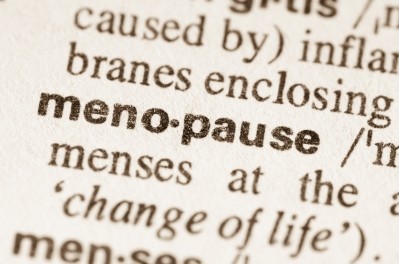Breastfeeding benefits extend to easing mother's hypertension

Writing in the American Journal of Hypertension, Korean scientists found a relationship between length of breastfeeding and hypertension severity. The team noted this was less true in obese women.
“Our findings endorse the current recommendations for breastfeeding for the benefit of maternal health in mothers' later lives," said the paper's lead researcher, Dr Nam-Kyong Choi from the Department of Health Convergence, Ewha Womans University in Korea.
Dr Choi’s reference to breastfeeding guidelines refer to those outlined by The World Health Organization (WHO) and the American Academy of Pediatrics.
Here the two authorities recommend exclusive breastfeeding for six months, with ongoing partial breastfeeding after complementary foods are introduced.
Support via an International Code of Marketing of Breastmilk Substitutes, the Innocenti Declaration, and the Baby Friendly Hospitals Initiative (BFHI) is in no doubt buoyed on by research that links long-term breastfeeding with reduced children’s allergies, coeliac disease, obesity, and diabetes.
Research into the benefits for breastfeeding women appear to be few as absent breastfeeding or sudden discontinuation was associated with increased risks of diabetes, metabolic syndrome and cardiovascular diseases.
Study details
In this latest study 3,119 non-smoking postmenopausal women aged 50 years or older were invited to take part.
The research team performed a series of analyses to examine the relationship as well as examine the contributions of obesity and insulin sensitivity to the breastfeeding-hypertension relationship.
This was done via a health interview survey, a nutrition survey, and a health examination. Systolic and diastolic blood pressure was recorded a number of times and an average was taken.
Variables such as age, alcohol consumption, exercise, income and number of pregnancies were taken into account as were respondents’ obesity and diabetes mellitus status.
Data obtained from these women found the mean number of children breastfed and duration of breastfeeding were 3.2 and 56.5 months, respectively.
Those that had breastfed more children for a longer duration were associated with lower risk of hypertension.
In particular, the highest quintile of number of children breastfed (5 to 11) showed a 51% lower risk of hypertension compared with the lowest quintile (0 to 1).
The highest quintile of duration of breastfeeding (96 to 324 months) showed a 45% lower risk of hypertension.
“10.2% and 6.5% of the hypertension in our study population could be attributed 3 or fewer children breastfed and breastfeeding for 56 months or less, respectively,” the study explained.
Points for future studies
The team were quick to point out the use of a cross-sectional survey was unlikely to determine causative relationships.
So for example, the team were unable explain whether less breastfeeding-induced hypertension was actually moderated by past body mass index values or insulin resistance.
The team’s use of a self-reporting questionnaire was also highlighted as was the possibility of recall bias having an influence.
“It is also necessary to be cautious in generalising our study findings to women today because other breastfeeding-related cultures may differ from those of our study population,” the study concluded.
Source: American Journal of Hypertension
Published online ahead of print: 10.1093/ajh/hpx219
“Breastfeeding and maternal hypertension”
Authors: Nam-Kyong Choi et al















